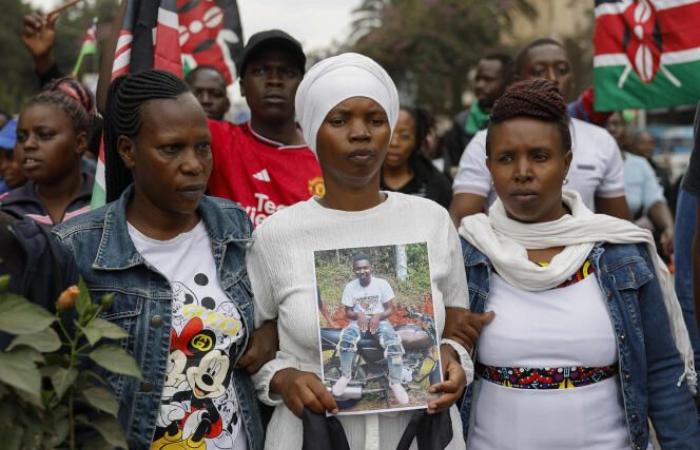Kenya is bracing for new protests on Tuesday, July 2, after a call to continue the anti-government mobilization that began in mid-June and left dozens dead. This largely peaceful mobilization, against the government’s budget proposal introducing new taxes, quickly transformed into a national movement of defiance against the government of President William Ruto.
The head of state announced that he was withdrawing the text on Wednesday, the day after a day of violence marked by the storming of Parliament by protesters. The police then fired live ammunition into the crowd.
Read also | Kenya: Crackdown on anti-government protests leaves at least 39 dead, official body says
Add to your selections
According to the official human rights agency (KNHCR), 39 people have died since the first demonstration on June 18. Human Rights Watch put the death toll at 31 and a group of local NGOs, including the Kenyan branch of Amnesty International, at 24. The president himself spoke in an interview on Sunday of 19 deaths, saying he had not “no blood on hands” and that the police “did his best” to maintain order.
On Tuesday morning, many shops remained closed in the business centre of the capital Nairobi, the epicentre of previous protests, AFP journalists noted.
Defend the most modest
Since the deadly day of June 25, calls for mobilization have been followed in varying ways by the youth, who are the heart of the movement. On Thursday, “Generation Z” (young people born after 1997) were largely absent from a day that was reduced to scuffles between small groups and the police, some trying to attack businesses. On Sunday, a rally in tribute to the victims brought together a few hundred people, who then marched peacefully while chanting « Ruto must go ! » (“Ruto must go!”) and « Tuesday Holiday » (“Tuesday holiday”).
Elected in August 2022 promising to defend the poorest, the head of state has since taken austerity measures, created and increased several taxes and duties which have hit Kenyans’ purchasing power hard.
Read also | Deadly protests in Kenya: “I have no blood on my hands,” says the president
Add to your selections
The painful fiscal measures are, he said, necessary to give the heavily indebted country some room to maneuver. The planned tax increases were to finance the ambitious 2024-2025 budget, which is expected to spend 4,000 billion shillings (29 billion euros), a record.
“We should have communicated better”he said on Sunday. Removing the text will have “very serious consequences”at-il having you: “This means that we have gone back almost two years and this year we will borrow Sh1 trillion.”The country’s public debt stands at about Sh10 trillion, or about 70 percent of GDP.







